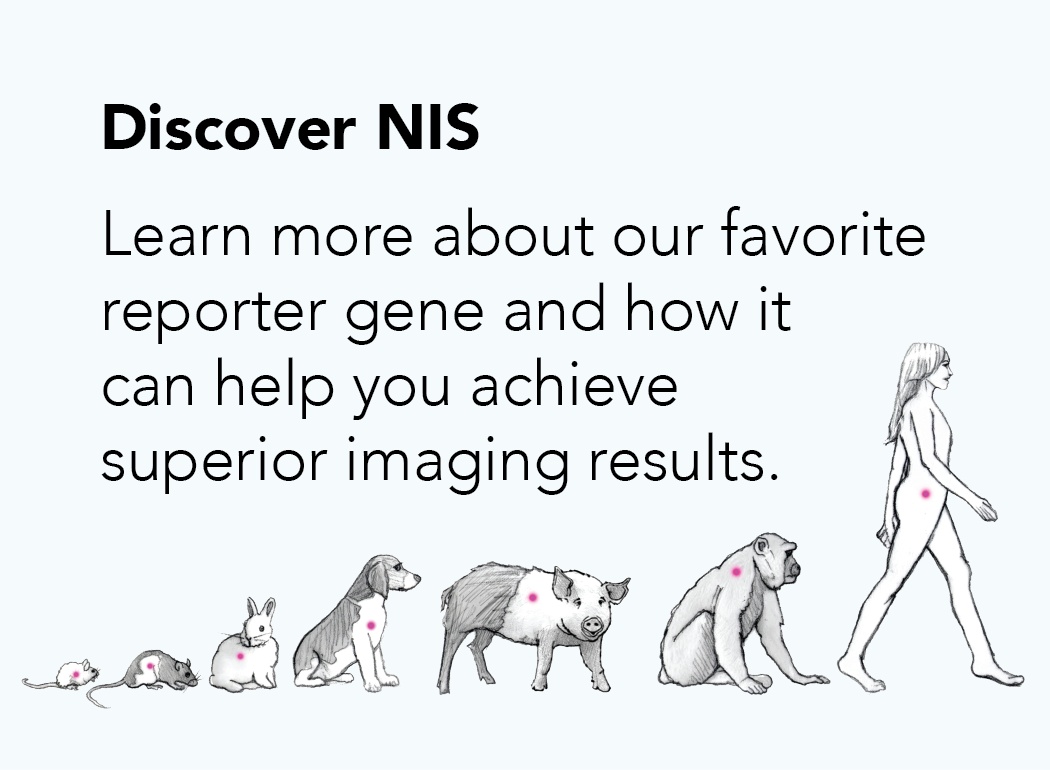U266B1 (Multiple Myeloma)
Description
U266B1, or U266/U-266 (ATCC® TIB-196TM)*, cells are a plasma cell myeloma (multiple myeloma) cell line originally isolated from the peripheral blood of a 53-year old male.1 The cells are negative for EBV.2
U266B1 cells are highly characterized. They are part of the MD Anderson Cell Lines Project and the LL-100 blood cancer cell line panel.3,4 The cells express plasma cell-associated antigens (PCA-1, CD38, CD56, CD44, syndecan-1) and BCMA, but not the B-lymphocyte antigens CD19 or CD20.5,6 The cells secrete IgE1 and can be used as a fusion partner in human hybridomas for production of human monoclonal antibodies.7 U266B1 cells express IL-6 and are not dependent on exogenous IL-6 for growth.8
U266B1 cells are tumorigenic in vivo in immunocompromised mice. When implanted via the tail vein, the cells selectively grow within the bone marrow compartment.9 The cells can also be implanted as subcutaneous xenografts.10
Stable reporter cell lines:
Our U266B1 reporter cell lines can be used for in vitro or in vivo research. The luciferase (Fluc) and emerald green fluorescence protein (EmGFP) reporters facilitate easy quantitation of cells for in vitro assays. Additionally, luciferase can be used for tracking tumor growth non-invasively in living animals through bioluminescence imaging. Our reporter cells are generated by lentiviral vector transduction, ensuring high, constitutive expression of the reporter proteins. The lentiviral vectors used for these transductions are self-inactivating (SIN) vectors in which the viral enhancer and promoter have been deleted. This increases the biosafety of the lentiviral vectors by preventing mobilization of replication competent viruses.11
References:
- Nilsson, K, et al. (1970). Established immunoglobulin producing myeloma (IgE) and lymphoblastoid (IgG) cell lines from an IgE myeloma patient. Clin. Exp. Immunol. 7: 477-489.
- Drexler, HG and Matsuo, Y (2000). Malignant hematopoietic cell lines: in vitro models for the study of multiple myeloma and plasma cell leukemia. Leukemia Research 24: 681-703.
- Li, J et al. (2017). Characterization of Human Cancer Cell Lines by Reverse-phase Protein Arrays. Cancer Cell 31: 225-239.
- Quentmeier, H, et al. (2019). The LL-100 panel: 100 cell lines for blood cancer studies. Scientific Reports 9: 8218.
- Gooding, RP, et al. (2002). Phenotypic and molecular analysis of six human cell lines derived from patients with plasma cell dyscrasia. B J Haem 106: 669-681.
- Friedman, KM et al. (2018). Effective Targeting of Multiple B-Cell Maturation Antigen-Expressing Hematological Malignances by Anti-B-Cell Maturation Antigen Chimeric Antigen Receptor T Cells. Human Gene Therapy 29: 585-601.
- Smith, SA and Crowe, JE (2015). Use of Human Hybridoma Technology to Isolate Human Monoclonal Antibodies. Microbiol Spectr. 3: AID-0027-2014.
- Ingersoll, SB et al. (2011). Targeting the IL-6 pathway in multiple myeloma and its implications in cancer-associated gene hypermethylation. Med Chem 7: 473-479.
- Rozemuller, H et al. (2008). A bioluminescence imaging based in vivo model for preclinical testing of novel cellular immunotherapy strategies to improve the graft-versus- myeloma effect. Haematologica 93: 1049-1057.
- Sanderson, MP et al. (2021). M3258 is a Selective Inhibitor of the Immunoproteasome Submit LMP7 (β5i) Delivering Efficacy in Multiple Myeloma Models. Mol Cancer Ther 20: 1378-1387.
- Miyoshi, H et al. (1998). Development of a self-inactivating lentivirus vector. Journal of Virology 72: 8150-8157.
*The ATCC trademark and trade name and any and all ATCC catalog numbers are trademarks of the American Type Culture Collection.

